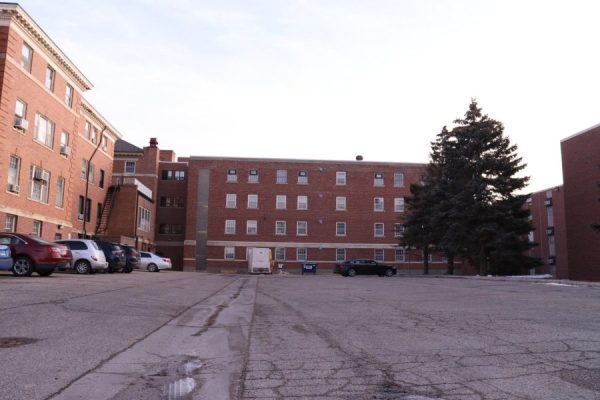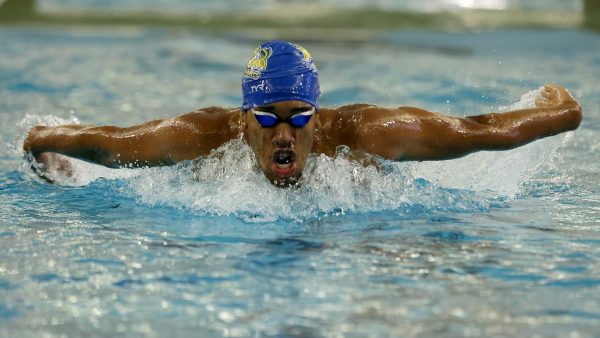S.D. institutions receive $3.6 million for education
October 22, 2014
Seven institutions statewide, including the Oglala Lakota College, a tribal institution, have received a $3.6 million federal grant to help American Indian and low-income students enroll and become successful in college. The South Dakota Jump Start Program funded through the grant is being led by SDSU. Over a four-year period, funds will be awarded through the U.S. Department of Education’s Fund for the Improvement of Postsecondary Education.
Marysz Rames, interim president of Dakota State University, said that herself and SDSU Provost, Laurie Nichols, were contacted by the Board of Regents office and were asked to lead the writing of the grant. They put together a team of representatives from all six Board of Regents colleges and the Oglala Lakota College. The BOR then worked with them to hire someone from Washington, D.C. to help write the grant.
To receive this grant, SDSU was evaluated under several criteria. For example, originality and innovation, Nichols said. The proposal was something different, it was well thought through and it was a good plan was put together on how the team would execute the idea. Along with that, there was a large institutional and statewide commitment to the program that want to make this program succeed, Nichols said.
The goal for this program is to have a total of 900 students come to the seven different institutions. Each school does not receive the same amount of money because not the same amount of students will attend each school. Each student will receive $1,100 to help pay for computer and book expenses, Nichols said.
Every school has a target for students to recruit. For the fall 2014 semester, SDSU currently only has 104 Native American students enrolled. SDSU has a goal of recruiting at least 200 students.
The South Dakota Jump Start Program gives each school a retention adviser to work with the students who are part of the program. When the students come to campus, they have someone to help them, Nichols said. Also, the BOR gets two people who serve as access advisers, and their job is to help recruit high school students to come to college. These advisers also help students fill out applications, prepare for the ACT and fill out FAFSA forms.
“The whole goal of this grant is college access and completion,” Nichols said. “The success will be measured by how many students graduate from college. We will track these students and our goal we be to have them graduate in four years.”
The program got the name South Dakota Jump Start”because they are going to bring in students the summer before their freshman year and have a summer bridge program for the students, Nichols said. They will also begin taking college courses during that time during the summer and even have a job. This will help the students transition easier and become successful. Students then continue to come back each summer and take classes. Between junior and senior year students are involved in an internship locally, so they can learn in a more hands-on approach. The goal is to keep the students very engaged during the summer and keep their academic momentum.
“The fact that the program will bring in low-income and Native American students is really honorable,” Nichols said.
Not only is this grant important for students and their success, but it is also important for the success of South Dakota. South Dakota needs well educated people to live and work in the state. This also is an opportunity to put South Dakota onto a national stage, Rhoda Smith, project director, said.
There is a strong belief that this program will be successful because many good things are happening on the campuses, for example, there are already summer bridge programs, which helps students with academic preparation. There is also academic advising that are like mentors that help students put their plans together, Smith said.
A new piece that comes along with the program is something called “earn and learn,” which gives students the opportunity to receive part-time employment, Smith said. This will be available the summer before the start college all the way until the summer after the sophomore year. Then the students will transition into doing internships and graduate research.
“This grant is really exciting because there is the opportunity for them to come together and collaborate across the state to open access to higher education for these students,” Rames said. “It is really phenomenal that this is a statewide effort.”
“This is a good opportunity to do really good things for students and good things for South Dakota, and that is our focus,” Smith said.
























